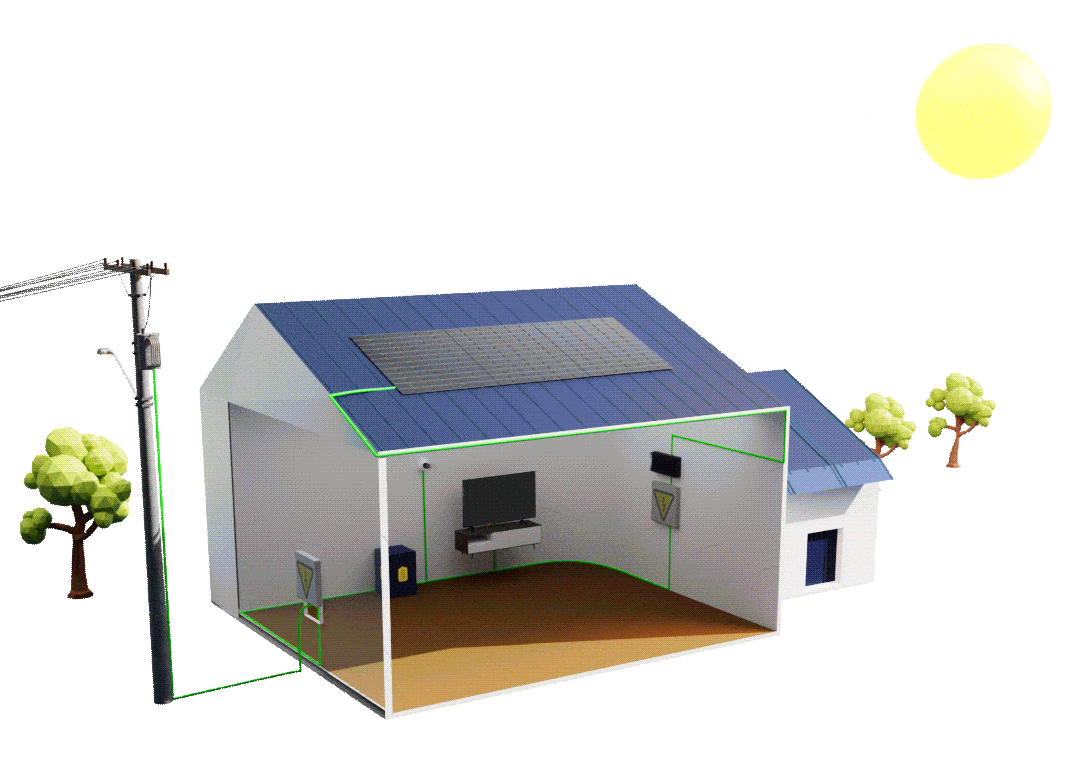Solar panels are a smart solution for anyone with a commitment to reducing their own carbon impact. They generate long term electricity savings and are relatively easy to install and maintain. However, you need to ensure you install the right size and number of solar photovoltaic (PV) panels, to cover the energy usage you require and so you are not under or over-investing.
Considerations when calculating the size of your solar power system
There are a number of things to consider when calculating the size of your solar PV system, not least what your budget is, and what space you have available to site the panels. You also need to think about:
- How much sun exposure you get
- What tilt angles are possible to maximise sun exposure
- What plans you have for future extensions or even moving house
- Natural degradation of the panels and their performance over time
Here we will show you how to calculate the size and number of panels you require for your solar PV system, and also how to factor in other considerations.
Calculating the size of your solar power system
- Estimate your energy usage
Using information from your energy bills or a smart meter, you need to calculate what your kWh electricity usage is. You should calculate this over a 12-month period, as this will allow for peaks and troughs in your usage and also seasonal changes where unusual spikes occur. You should then divide this by 30 to get an average daily usage rate.
- Work out your peak sun hours
Each geographical location has a rate at which it receives peak sunlight hours. This varies by location and climate, but the information is available online for your nearest location.
- Calculate the size of your system
This is done using a series of calculations. You need to take the daily kWh of energy you use and divide it by the peak sun hours you receive, to establish the kW output you need, known as the solar array. Then you will multiply this kW output by the panel’s efficiency, to calculate an estimate of the number of panels you need.
Panel efficiency is a factor you need to allow for, which is basically saying that a manufacturer will claim a solar panel has 100% efficiency, but this is tested in laboratory conditions, which won’t accurately mimic the conditions in your home. There is likely to be shade, different tilt angles and less peak sunlight hours, for example. This factor also takes into account natural degradation of the panels over time, where performance and effectiveness of the panels reduces. Generally, people allow for a 15-20% efficiency drop, and so build this into the calculation.
So if we use 33 kWh of electricity daily, need 15% extra capacity, and have, say, six hours of peak sunlight per day, the calculation will be:
(33/6) x 1.15 = 6.325 kW solar array.
We then multiply this by 1000 to convert it into watts = 6325 watts. This is the total size of the solar PV system you need.
You then need to look at the size of the solar panels available and what is practical in terms of locating them. Solar panels vary in output depending on their size and efficiency, therefore the number of panels you need depends on your usage requirements and the energy you can obtain from each panel. You need to consider where you will mount the panels, this will usually be on a roof, on walls or on the ground, but essentially where you have enough space and where they will receive the most sunlight. You then need to calculate how many panels you will need. So taking the size of our solar power system as 6325 watts, if the power output of the individual solar panels we wanted was 400 watts, for example, we would need 16 panels.
Test Instrument Solution supply a quality range of solar pv test equipment, you can contact our specialist team to see how we can help your solar panel testing needs.
Video Demonstration
The below video shows our TIS PV-ISOTEST product - Solar PV Multifunction Performance Tester. This is one of many solar pv testing products we offer here at TIS.
Please note that this section is for information purposes only. Anyone using equipment referred to in this section must be suitably qualified and/or experienced within the respective field. If in doubt before use, please consult a qualified electrician or engineer & thoroughly read all instruction booklets.